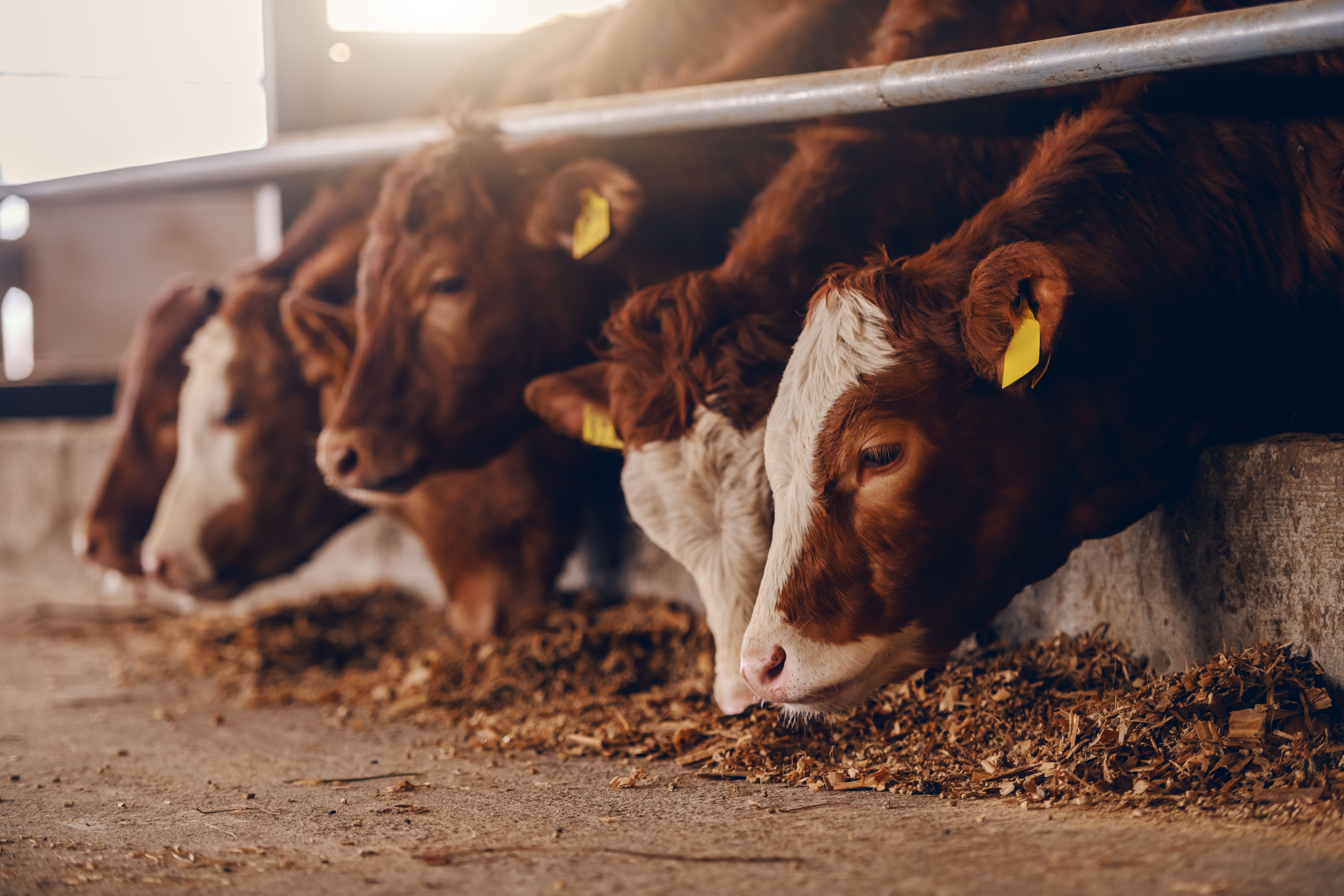Contaminant Detection in Animal Feed using LC– and GC–MS/MS
Researchers have developed and validated a multiresidue method for pesticide and veterinary drug detection in animal feeds using liquid- and gas chromatography with tandem mass spectrometry (LC–MS/MS and GC–MS/MS).
Photo Credit: stock.adobe.com/dusanpetkovic1

Contaminated livestock feeds can have severe health implications to the animals themselves and also to the consumers of animals products further down the agricultural production chain. Two major concerns are pesticides and veterinary drugs which find their way into livestock feeds for different reasons. As livestock feeds tend to be the by-products of cereals, pulses and oilseeds they will have previously been treated with pesticides, and despite processing treatments, some can remain in the final food product given to the animals. The consumption of contaminated feeds can cause severe health complications for livestock including lung and liver cancer, mutation in chromosomes, teratogenicity, nephrotoxicity and hepatotoxicity (2,3).
Alternatively, veterinary drugs are often purposely inserted into animal feeds to administer treatments to the animal without the need for injections. While this is an easier process it can lead to higher than necessary dosages being administered and can also lead to complications if administered at the wrong time with residues remaining in the tissues of farm animals and going on to affect humans further down the food chain.
Many reported methods exist which analyse pesticides and veterinary drugs separately in animal feed matrices, whereas only a few studies exist that use a single method for the simultaneous estimation of contaminant residues. Therefore, researchers aimed to develop and validate a single method for the analysis of wide range of pesticides and frequently used veterinary drugs by using both LC–MS/MS and GC–MS/MS.
The developed method, which included a single extraction and optimized sample preparation workflow, successfully detected 192 pesticides during GC–MS/MS analysis and 187 compounds, including 17 veterinary drugs, during LC–MS/MS analysis. The validated methods performance also complied with the requirements of EU-MRLs and DG-SANTE’s analytical quality control criteria, and is therefore suitable for regulatory and commercial testing purposes.
References
- A. Kumar et al, J. Chroma. A 1627, 461416 (2020).
- R.S. Chauhan and L. Singhal, Int. J. of Cow Sci. 2(1), 61–70 (2006).
- S.O. Igbedioh, Arch. Environ. Health 46 (4), 218–224 (1991).

This information is supplementary to the article “Accelerating Monoclonal Antibody Quality Control: The Role of LC–MS in Upstream Bioprocessing”, which was published in the May 2025 issue of Current Trends in Mass Spectrometry.
Investigating the Protective Effects of Frankincense Oil on Wound Healing with GC–MS
April 2nd 2025Frankincense essential oil is known for its anti-inflammatory, antioxidant, and therapeutic properties. A recent study investigated the protective effects of the oil in an excision wound model in rats, focusing on oxidative stress reduction, inflammatory cytokine modulation, and caspase-3 regulation; chemical composition of the oil was analyzed using gas chromatography–mass spectrometry (GC–MS).
Evaluating Natural Preservatives for Meat Products with Gas and Liquid Chromatography
April 1st 2025A study in Food Science & Nutrition evaluated the antioxidant and preservative effects of Epilobium angustifolium extract on beef burgers, finding that the extract influenced physicochemical properties, color stability, and lipid oxidation, with higher concentrations showing a prooxidant effect.












